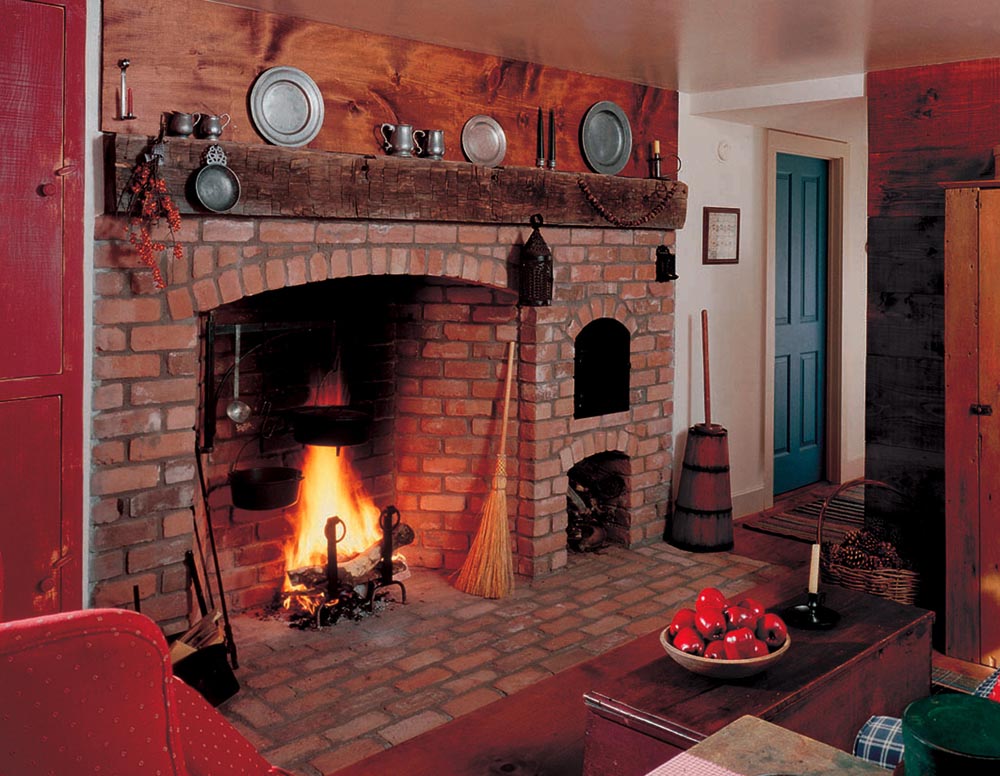Superior Clay 36" Bake Oven
1/21/20
(Tecleo aqui para las instrucciones en espanol)

Plan and liner detail |
Components:
Buy oven components from a dealer near you
|
Building the 36" Superior Clay Oven
| 6) Add more insulation over the castable insulation. Inexpensive pearlite or expanded shale mixed with a little Portland cement is okay - or use mineral wool. Whether the oven is associated with a cooking fireplace and large chimney mass or is a stand-alone oven, the exterior masonry enclosure should be isolated from the oven shell by an air space or a layer of compressible insulation like mineral wool so that, when the oven liner expands with heat, it doesn't crack the exterior masonry. Some masons use metal lath held away from the oven shell with spacers to create an air space and then plaster the oven dome. Many ovens are covered by a roof to keep rain water from entering any cracks in the exterior. |
Superior Clay Bake Ovens
Buckley Rumford Fireplaces
Copyright 1995 - 2020 Jim Buckley
All rights reserved.
webmaster





